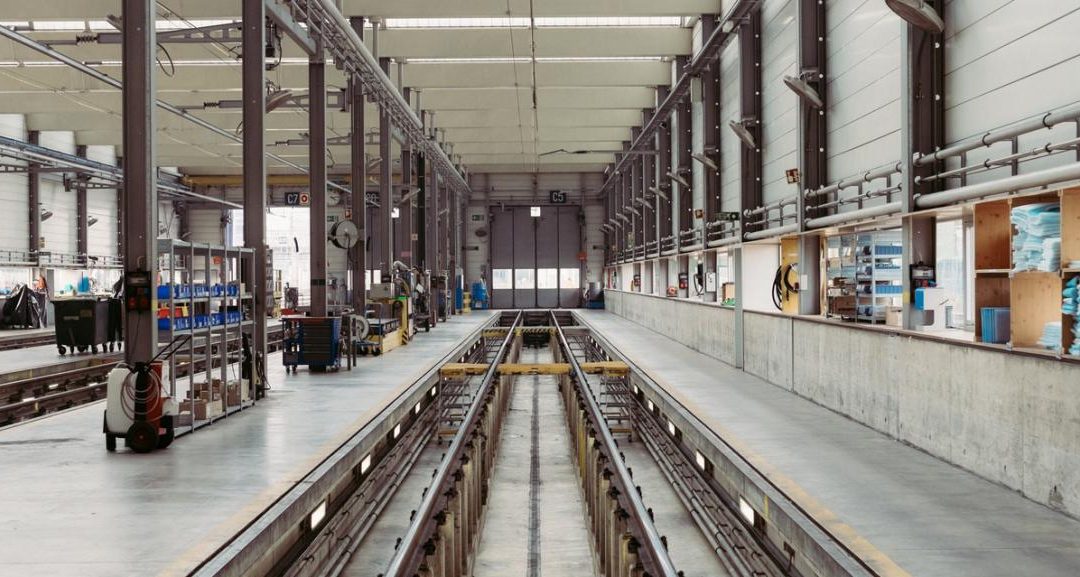Verasset recently completed an in-depth physical inventory and reconciliation project for an automotive dealership. The dealership has been family owned and operated since inception.
One of the majority shareholders was looking to sell his shares and get out of the family business. This was a complex negotiation they were looking to resolve quickly.
A major line item on the General Ledger and factor in the overall value of the business are their fixed assets. The dealership has a significant investment in tools, machinery, audio/visual equipment, and even fixtures throughout the high-end facility.
They contacted Verasset as they needed to quickly reconcile and validate the contents of their fixed asset register. The findings would play an important role in the buyout.
Verasset sent in a team of experienced inventory specialists within a weeks’ notice to perform the onsite inventory and reconcile work. We simultaneously assigned a reconciliation team to the project that immediately began reviewing and organizing the FAR contents.
The inventory team electronically recorded relevant data pertaining to the assets, took digital photographs, and applied asset tags to the assets as the inventory progressed. They also sent periodic data feeds to the reconcile team allowing for the reconcile work to occur during the physical inventory.
While the focus was on conducting a full wall to wall inventory of capital, as well as some crucial non-capital equipment, the inventory team was equipped with a hard copy printout of the FAR for quick identification of high value items while working through the dealership.
The fixed asset register was mainly composed of bulk entries, or single line item entries that represented multiple items. The bulk entries often represented millions of dollars in equipment. In order to effectively reconcile those entries, the reconciliation team had to perform a forensic review various purchase orders, invoices, and receipts to determine what the entries consisted of, and then reconciled them back to physical assets in the facility.
The onsite work was completed over the course of a week, and it took an additional week to prepare and submit a detailed reconciliation summary report.
Verasset did in fact identify a number of ghost assets that needed to be removed the FAR, as well as some capital equipment that needed to be appraised and added to the FAR.
With a current and accurate fixed asset register, the family was easily able to determine the value of their fixed assets and was better prepared to negotiate the terms of the buyout.
One of the majority shareholders was looking to sell his shares and get out of the family business. This was a complex negotiation they were looking to resolve quickly.
A major line item on the General Ledger and factor in the overall value of the business are their fixed assets. The dealership has a significant investment in tools, machinery, audio/visual equipment, and even fixtures throughout the high-end facility.
They contacted Verasset as they needed to quickly reconcile and validate the contents of their fixed asset register. The findings would play an important role in the buyout.
Verasset sent in a team of experienced inventory specialists within a weeks’ notice to perform the onsite inventory and reconcile work. We simultaneously assigned a reconciliation team to the project that immediately began reviewing and organizing the FAR contents.
The inventory team electronically recorded relevant data pertaining to the assets, took digital photographs, and applied asset tags to the assets as the inventory progressed. They also sent periodic data feeds to the reconcile team allowing for the reconcile work to occur during the physical inventory.
While the focus was on conducting a full wall to wall inventory of capital, as well as some crucial non-capital equipment, the inventory team was equipped with a hard copy printout of the FAR for quick identification of high value items while working through the dealership.
The fixed asset register was mainly composed of bulk entries, or single line item entries that represented multiple items. The bulk entries often represented millions of dollars in equipment. In order to effectively reconcile those entries, the reconciliation team had to perform a forensic review various purchase orders, invoices, and receipts to determine what the entries consisted of, and then reconciled them back to physical assets in the facility.
The onsite work was completed over the course of a week, and it took an additional week to prepare and submit a detailed reconciliation summary report.
Verasset did in fact identify a number of ghost assets that needed to be removed the FAR, as well as some capital equipment that needed to be appraised and added to the FAR.
With a current and accurate fixed asset register, the family was easily able to determine the value of their fixed assets and was better prepared to negotiate the terms of the buyout.

